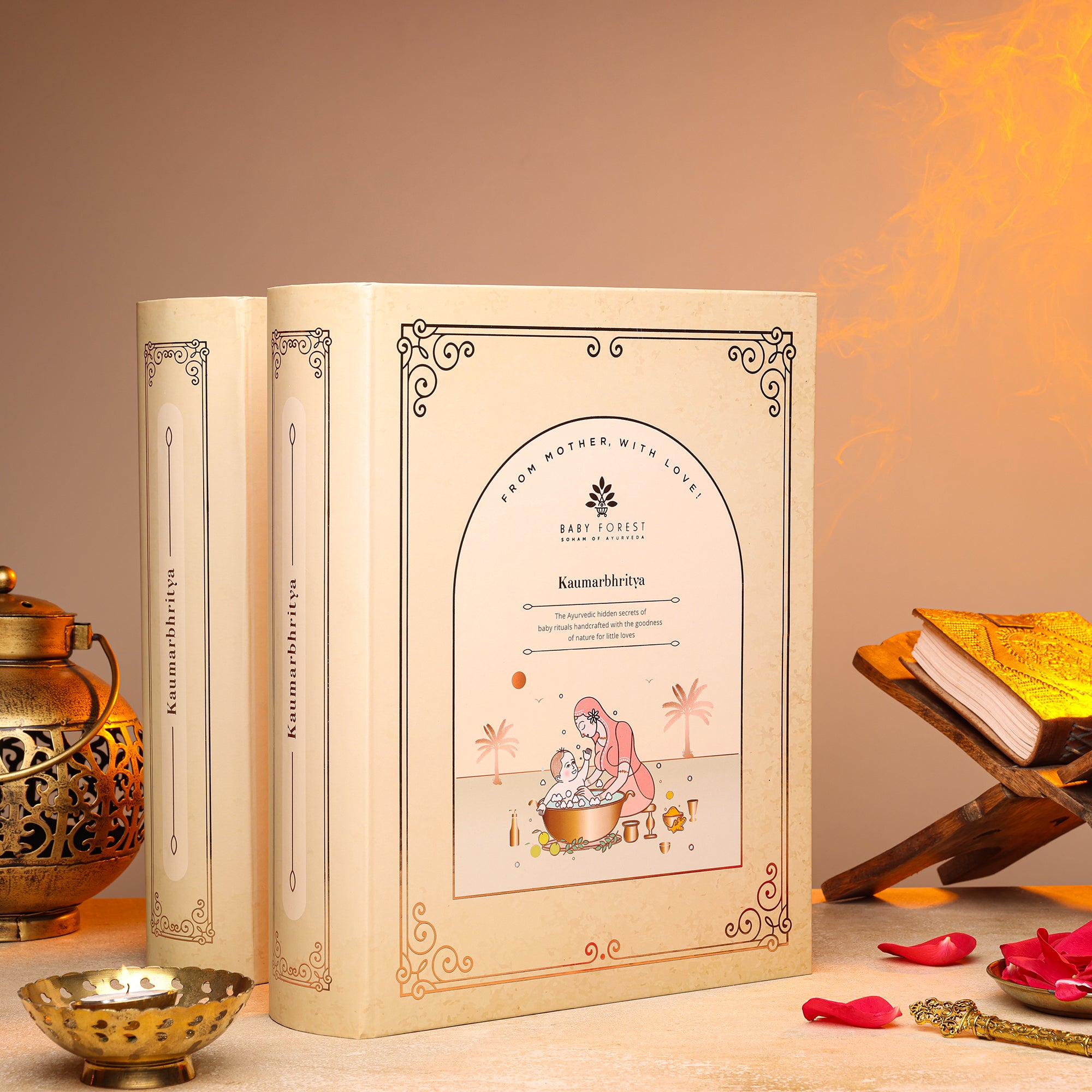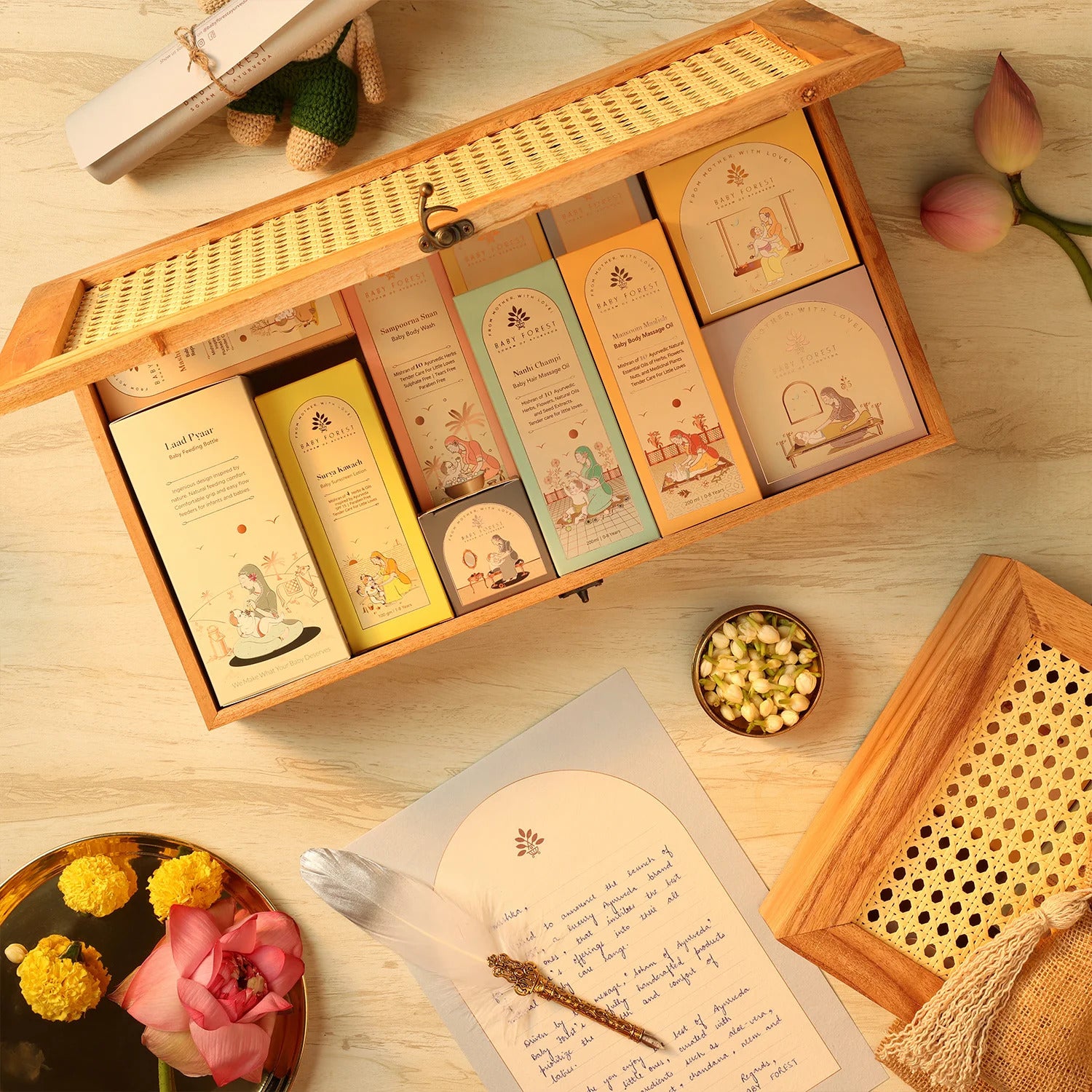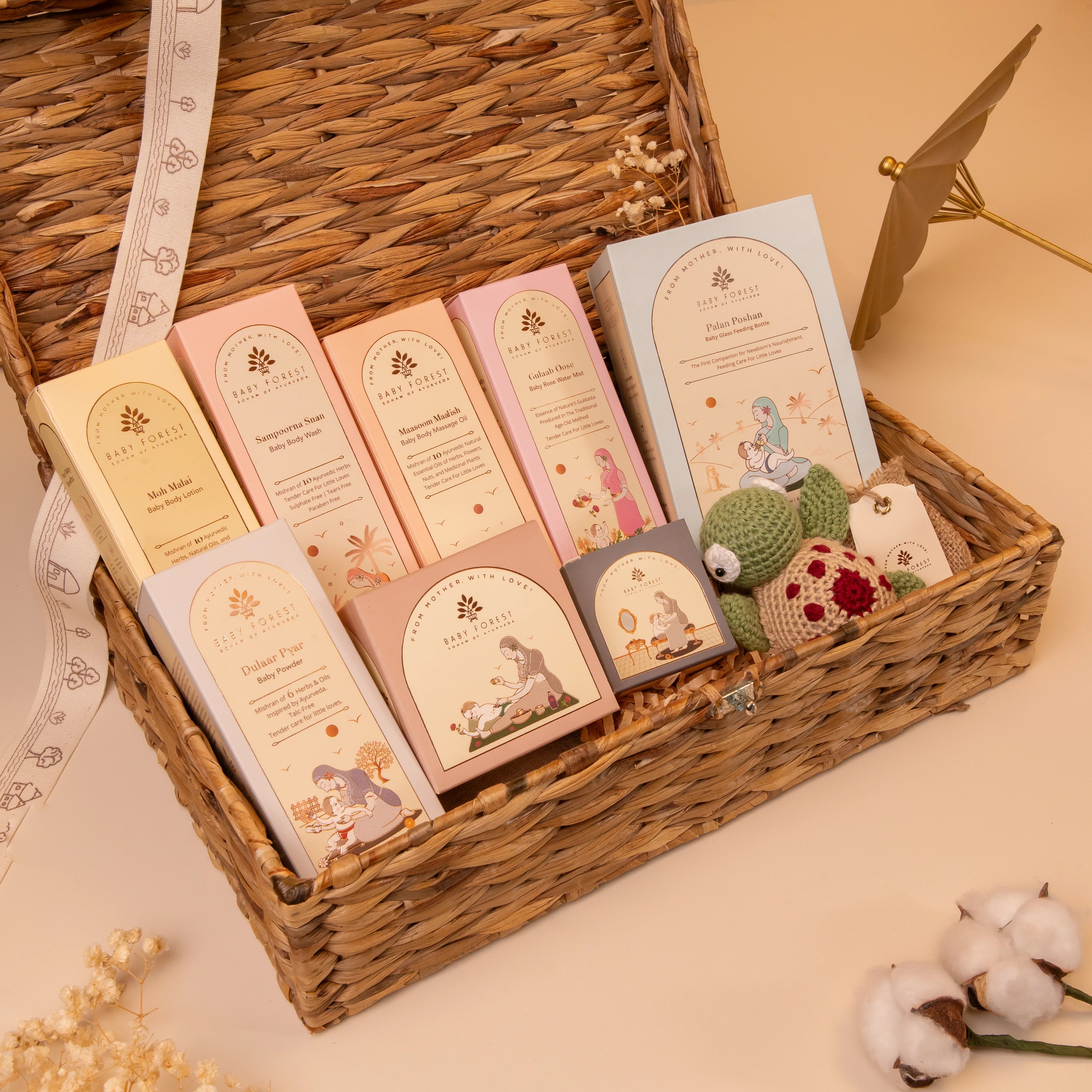
Baby Skin Care for a Merry Winter


Rs. 785.00

Rs. 6,035.00

Rs. 13,215.00

Rs. 13,215.00

Rs. 13,360.00

Rs. 9,770.00

Rs. 10,080.00
Parenting begins long before the baby arrives, often with a screen full of tabs open, each showcasing something essential. Bottles, booties, swaddles, carriers. The promise of ease that comes with baby products online is vast. But behind that promise lie too many options, confusing sizes, uneven quality, and the struggle to tell what’s truly needed from what’s just being sold. This guide takes a conscious approach to help you with baby products online shopping, one that prioritizes clarity, safety, and practicality.
You need to start with a budget, not the shopping cart. This isn’t about cutting corners but creating healthy boundaries. Without a plan, it’s easy to overspend on things you don’t really need, like an extra set of hooded towels or a designer bassinet. You can start by outlining your must-haves: items needed for hygiene, sleep, feeding, and transport. Assign a rough estimate to each category and leave room for unexpected necessities.
Subscription boxes and bundle sets may appear more budget-friendly, but you need to check each item in the box carefully. Many contain filler items you might never use. Remember, some things like a wipe warmer sound useful but serve little purpose in most climates or routines. A clear budget helps you focus on what truly matters and skip the extras that don’t.
Newborns don't need much, but what they do need has to work well. It's tempting to focus on appearance, such as tiny sneakers and themed onesies, but functionality comes first. For a new arrival, immediate needs include:
| Category | Must-Haves & Tips |
|---|---|
| Diapering | Diapers (cloth or disposable), wipes, rash cream |
| Clothing | Basic cotton layers, mittens, caps; avoid synthetic blends |
| Hygiene & Grooming | Gentle skincare, baby comb, nail scissors |
| Feeding | Bottles, steriliser, burp cloths (depending on whether breastfeeding or bottle fed) |
| Sleeping | Swaddles, cotton blankets, crib sheets |
| Changing Essentials | Changing mat, wipes box, diaper caddy organizer |
Baby products online often come in curated categories, but these categories may not reflect urgency or practicality. Buying in phases allows you to respond to your baby's development rather than guessing six months ahead.
Online stores frequently advertise safety as a standard, but their definitions vary. Look for compliance with recognized safety standards, such as BIS, ASTM, and EN71. Products without visible certification or material disclosure should be avoided, especially in categories involving skin contact or things babies might put in their mouths.
When shopping for baby products online, be sure to check for product recalls and safety updates. Skincare and feeding items should list ingredients and materials in detail; terms like "safe" or "natural" alone aren’t enough. For toys with detachable parts or clothes with embellishments, review size guidelines and choking hazard warnings carefully. Not everything labeled "baby safe" is truly safe.
Descriptions on product pages are often more about persuasion than accuracy. Labels like "chemical free," "organic," or "hypoallergenic" often lack regulation. A cream labeled "natural" might still contain allergens. A swaddle may claim to be "breathable" while being made of 100% polyester.
It's important to read the product descriptions carefully. Is the item certified? Are ingredients or materials listed fully? Can you find usage warnings or disclaimers? Reviews can be helpful, but only if they contain specific details. Watch for mentions of texture, fit, longevity, or unexpected flaws. “Great quality” sounds good, but a review pointing out flaws like “loose threads after one wash” is more informative.
Sizing isn't standardized across baby brands. One company's "3-6 months" can fit smaller than another's "0-3 months." For clothing, always refer to size charts instead of relying solely on age labels. Babies grow rapidly, and early misfits are common. Choose clothing with stretch, snaps, or wrap designs. They accommodate growth and reduce struggle during diaper changes.
In gear carriers, bassinets, and car seats, pay attention to weight and height recommendations more than age ranges. And don't ignore the reviews that include images or fit notes. These small, practical insights often reveal more than any product description.
Quick delivery is often promised, but actual shipping experiences vary depending on the seller and location. Some platforms host third-party vendors with independent fulfillment timelines. For baby products online shopping, particularly urgent items like diapers or feeding gear, check estimated delivery windows before ordering.
Make sure to read all of the return and refund policies as well. Products like toiletries or feeding nipples may be marked non-returnable, even when damaged. Verify what qualifies for a refund, what doesn't, and whether pickup is offered or self-shipping is expected. Keep screenshots of policies at checkout, especially when ordering from less familiar sellers.
Shopping fatigue often stems from having too many options to choose from. There's a swaddle for every season and a shampoo for every skin type. The sheer abundance of baby products online creates a false sense of urgency. If one doesn't buy now, the perfect item might disappear. But all of those needs to change quickly because babies grow fast. What works today might be redundant in a month.
Limit yourself to a shortlist of trusted platforms. Read up on category essentials before clicking through trends. Start small, review frequently, and build your inventory with experience, not expectation. Parenthood is full of guesswork; shopping shouldn't add to it.
Sustainability isn't just about the planet, it's also about the body. A baby's skin barrier is thinner, permeable, and more reactive than an adult's skin. Products containing pesticide-laden cotton, artificial dyes, or harsh preservatives aren't just harmful for the planet, but they can affect your baby’s health as well.
Organic baby products, particularly in clothing and skincare, reduce exposure to irritants. Look for certifications like GOTS for textiles or Ecocert for formulations. But sustainability also means choosing less and buying fewer, better-quality items that last longer. Baby products online that are biodegradable, reusable, or made with minimal packaging showcase the values better than any catchy slogan.
Online platforms have made baby care accessible but not simpler. Behind each product lies a decision that is layered with safety, function, cost, and principle. While shopping for baby products online, it offers convenience and variety, but also demands sharp attentiveness, one that filters out bold claims. Not every decision will be perfect, but informed ones? Those tend to hold up better for your little one.

